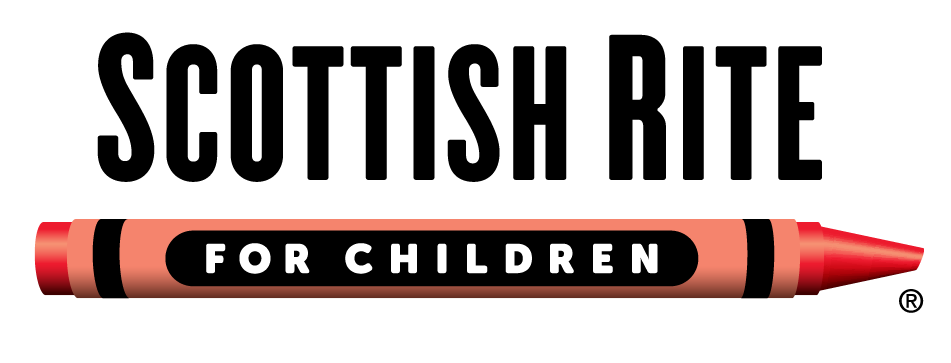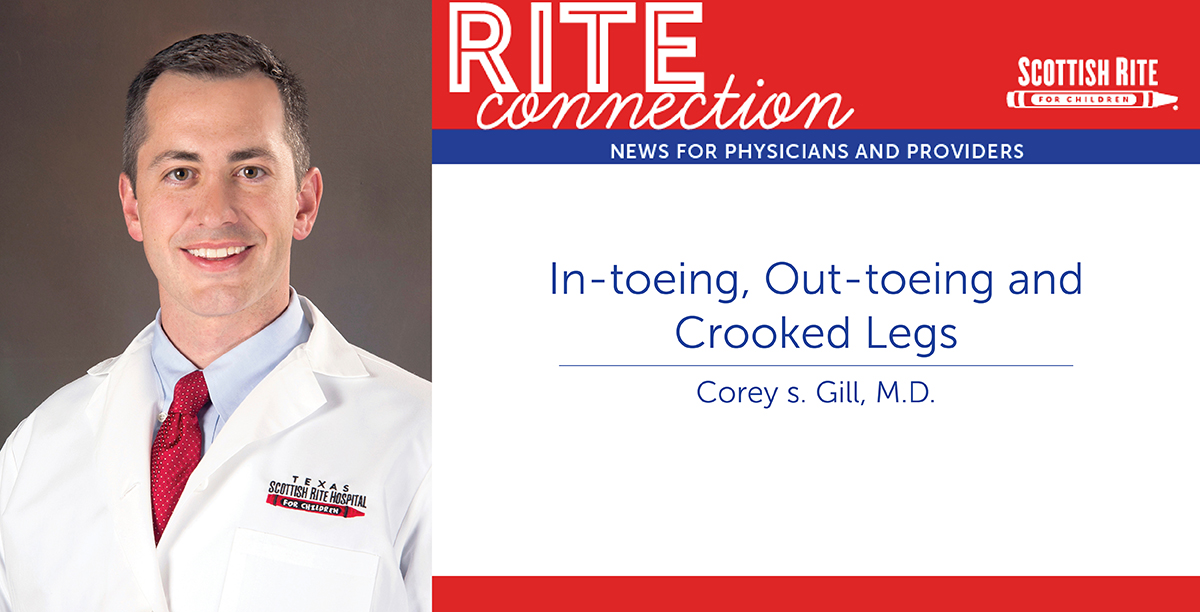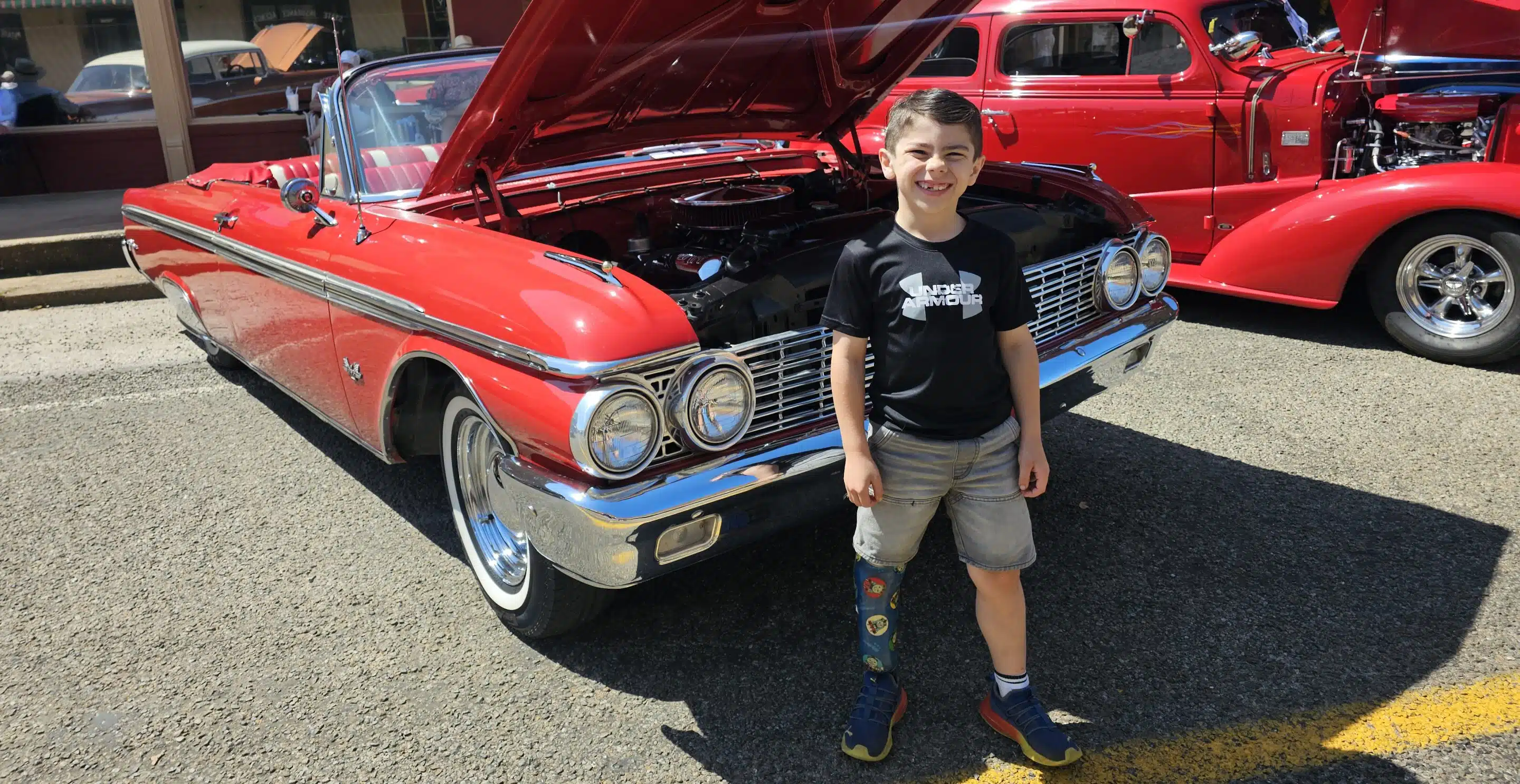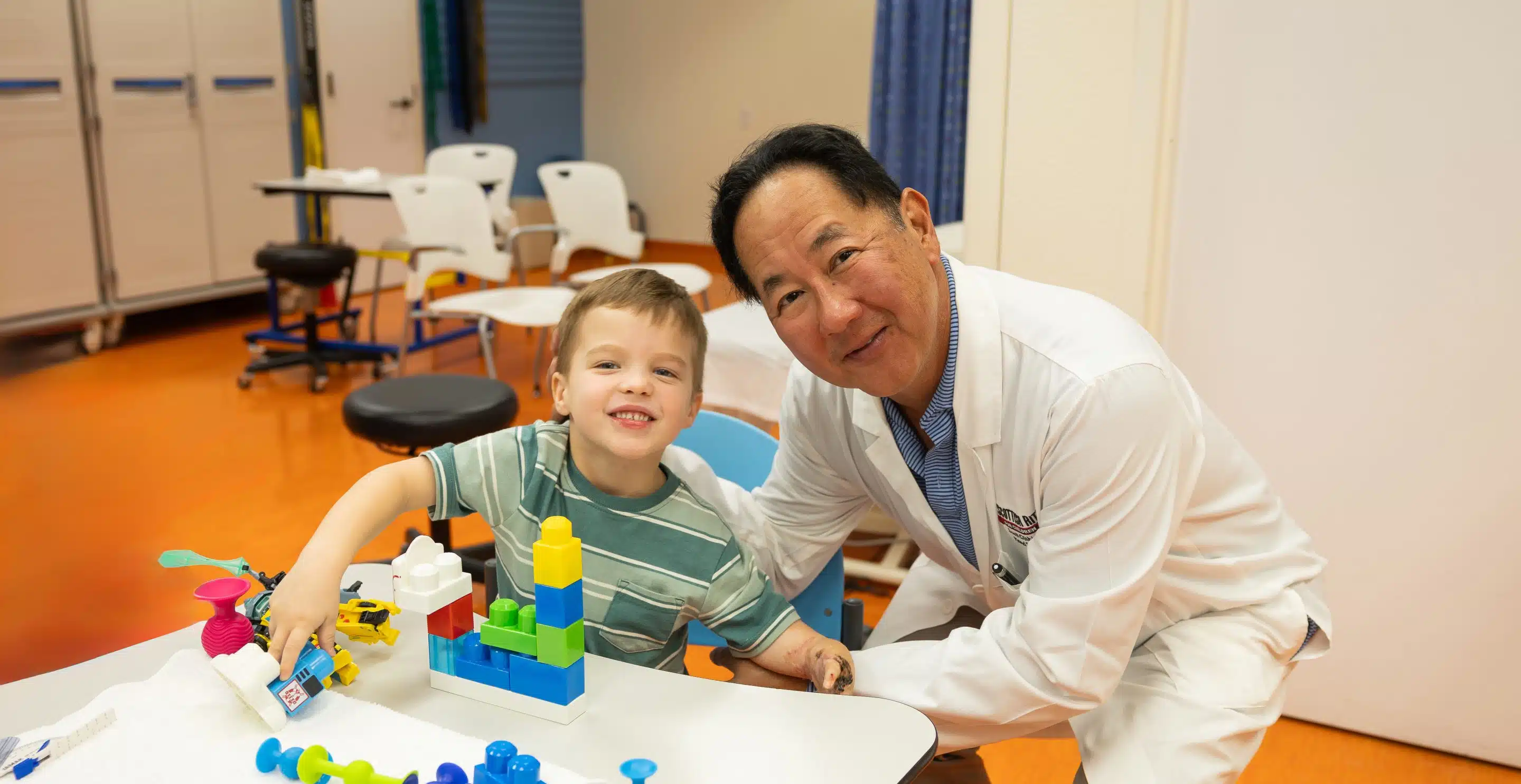The following is a summary of a presentation on rotational and angular alignment conditions in the lower extremity. Corey S. Gill, M.D., pediatric orthopedic surgeon addresses when to be concerned and when to make a referral. The lecture was given as part of the Coffee, Kids and Sports Medicine series and is available in our on-demand learning offerings.
Watch the full lecture I Print the PDF
Physical Exam
Tips for Infant and Toddler Exam
- Set up the environment for a relaxed exam: evaluate on the caregiver’s lap, dim the lights and play music.
- Screening for other conditions is important.
- Measure height, weight, and head circumference.
- Evaluate the hip to rule out developmental hip dysplasia.
- Toddlers are more likely to walk away from you than toward you.
Tips for School Age Children Exam
- Must be able to see the legs. Provide or ask the child to wear shorts.
- Leave the exam room to observe walking and running if space allows.
- Talk to the child directly to help him or her relax.
Rotational Deformities
Structural abnormalities that cause rotational alignment issues can be measured with these tests:
- Foot progression angle
- Hip internal and external rotation in prone position
- Thigh-foot angle
- Forefoot alignment
Watch the full lecture to learn these tests.
In-toeing
This is likely the most common condition referred to pediatric orthopedics. In a study at Scottish Rite, only one percent of referrals had a diagnosis other than “benign in-toeing.” It is important to educate families that there is wide range of normal in all of these measures and it changes over time. Parents may feel that this condition will lead to long-term problems without surgery or bracing, which is inaccurate.
Common misperceptions include:
- “My toddler falls all of the time because of in-toeing.”
- “My child’s feet will be stuck this way forever without treatment.”
- “The in-toeing is going to cause my child to have arthritis and joint problems.”
- “In-toeing will prevent my child from being a high-level athlete.”
Metatarsus adductus
Most commonly identified in infants, congenital adductus of the forefoot on the midfoot may be related to intrauterine positioning. Check the contralateral foot (bilateral metatarsus adductus), hips (developmental hip dysplasia) and neck (torticollis). Studies suggest 4% of children with metatarsus adductus have hip dysplasia. Treatment is focused on observation. Stretching may help and gives the parent something to offer the child. Casting may be used if the condition persists for 6-12 months. Surgery is extremely rare. The condition commonly resolves within the first one to three years of life.
Internal Tibial Torsion
Most commonly identified in toddlers, internal tibial torsion does not require treatment, often resolving on its own. Historically, bracing was commonly used, but this is not recommended for this condition. In cases with significant torsion that causes functional problems, surgery may be discussed after the age of ten. This condition is often associated with infantile Blount disease or genu varum which is more likely to cause functional problems than the torsion.
Femoral Anteversion
Most femoral anteversion decreases and resolves around age 8-9 years (elementary school age). These children may prefer to “w” sit because it is comfortable, but there is no clear data supporting “w” sitting causing worsening femoral anteversion. This condition is typically not related to long-term problems like arthritis or other functional disability. In cases of severe functional or cosmetic deformity, surgery can be successful, but can have significant risks. Our multidisciplinary team for these complex cases includes a psychological evaluation.
Out-toeing
Though slightly more functionally limiting than typical in-toeing, out-toeing rarely causes long-term problems or requires surgical intervention.
Femoral Retroversion
This condition rarely causes long-term problems, however, in some, it may predispose to slipped capital femoral epiphysis (SCFE). Osteotomy to correct the alignment is rarely needed.
External Tibial Torsion
Much like internal tibial torsion, this condition improves in most children before or around the age of 10. In patients with suspected external tibial torsion, checking the foot for tarsal coalition or a rigid flatfoot is important. The foot may turn out causing a stance and gait that mimics external tibial torsion. In cases where the deformity causes functional limitations, typically with excessive torsion greater than 40 degrees, surgical corrective osteotomy may be indicated.
Slipped Capital Femoral Epiphysis (SCFE)
With increased obesity in growing adolescents, the nation continues to see a dramatic rise in the incidence of SCFE. If a child presents to a health care provider with hip or knee pain, especially if he or she is an overweight adolescent with an out-toeing gait, ruling out SCFE is essential. These patients present with hip and sometimes knee pain and in about 25% the condition occurs bilaterally. Referral for unstable SCFE’s needs to be made immediately (talk to an orthopedic doctor on the phone or send patient to the ER). Treatment is to surgically stabilize and prevent worsening position and avascular necrosis in the hip.
Gill emphasizes that the factors that make this population at high risk of SCFE also makes them at high risk of poor long-term outcomes. Counseling these patients to manage weight and co-morbidities is a multidisciplinary concern. He encourages the audience to “not miss” this diagnosis so it can be treated early.
Angular Deformities
Babies have a natural progression of genu varum (bow-legged) as an early walker to genu valgum (knock-kneed) in the first few years of life. Counseling parents regarding typical development can provide reassurance. However, there are some conditions that may need to be referred.
Genu Varum – “Bow-Legs”
Pre-existing conditions such as infection, trauma, metabolic bone diseases and skeletal dysplasia’s that cause growth plate disruptions, may cause genu varum. These are typically already known conditions and are not the focus of this discussion.
Physiologic Genu Varum (PGV)
This is a condition that will get better on its own without treatment. The varus may be dramatic, but will resolve without treatment. It is important to distinguish between PGV and Blount’s disease.
Blount’s Disease
Unlike PGV, this will not improve on its own. By age 2, varum should resolve. If it doesn’t, radiologic evaluation may reveal proximal tibia growth deformity. Historically, bracing or osteotomy were provided to improve the alignment. Currently, growth modulation, a less involved procedure, is offered if bracing is not effective by the age of three. In some, the condition does not develop until a later age and may be bilateral. Referral for pain, swelling or unilateral genu varum is appropriate.
Genu Valgum – “Knock-Knees”
Other systemic conditions like rickets, trauma or osteochondromatosis may cause this positioning and need to be addressed directly. Treatment for the genu valgum may be necessary, however, these causes are not the focus of this discussion.
Genu valgum is most noticeable around age 3 in normal children, and then gradually improves until the age of 8 or 9. The structural condition may be minor and cause a cosmetic concern or a many contribute to significant orthopedic problems such as patellar instability and osteochondritis dissecans.
Treatment, when indicated, is surgical. In children who have open growth plates, growth modulation by temporarily tethering the growth plate with a plate and screws is effective. In older children, an osteotomy to remove or add a wedge of the bone realigns the lower extremity.














